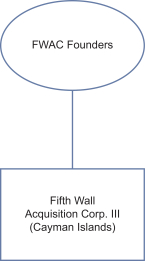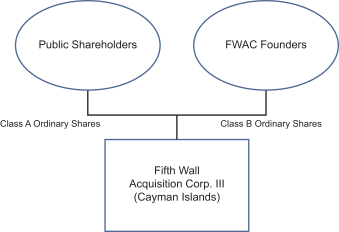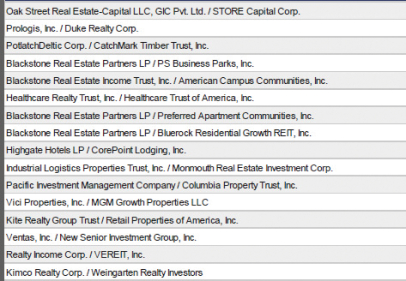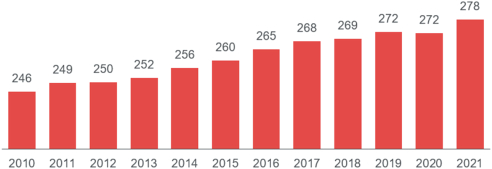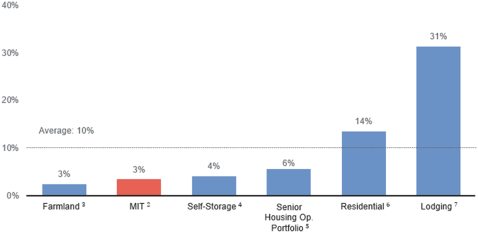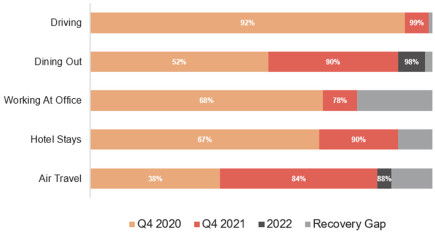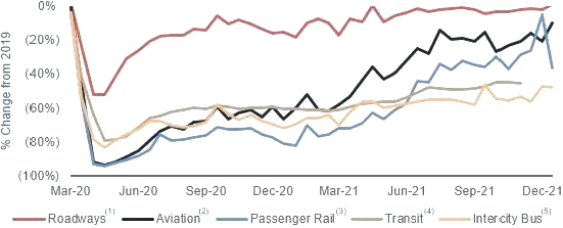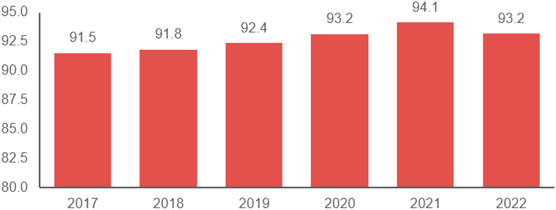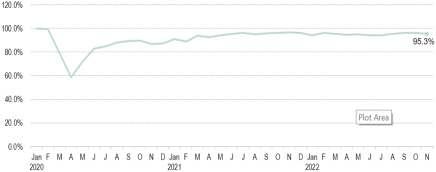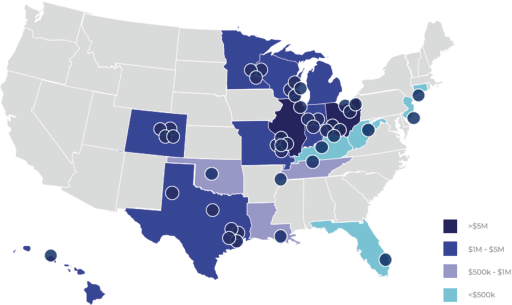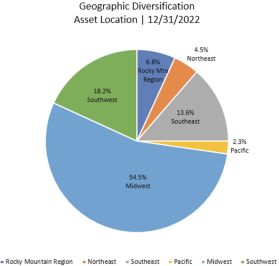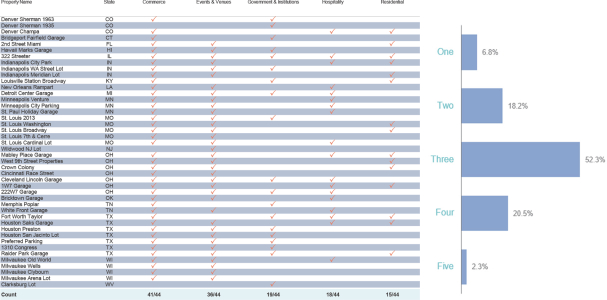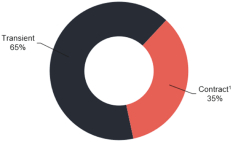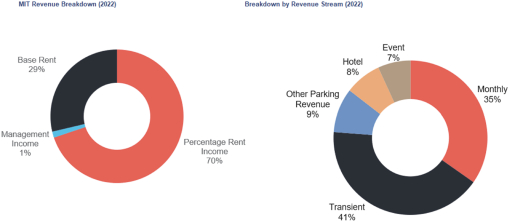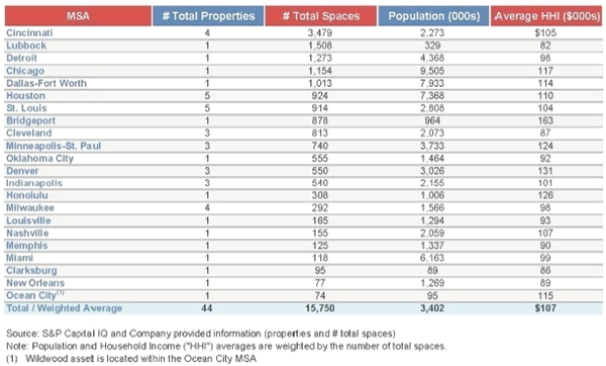
30 W. 4th Street
Cincinnati, Ohio 45202
(513) 834-5110
NOTICE OF SPECIAL MEETING OF STOCKHOLDERS
TO BE HELD ON , 2023
Dear Stockholders of Mobile Infrastructure Corporation:
We are pleased to invite you to attend a special meeting of stockholders of Mobile Infrastructure Corporation, a Maryland corporation (“MIC,” “we,” “our,” or “us”). The special meeting of stockholders (the “MIC Meeting”) will be a completely virtual meeting of stockholders, which will be conducted exclusively by webcast. No physical meeting will be held. The MIC Meeting will be held on , 2023, at , Eastern Time, to consider and vote upon the following matters:
| • | a proposal to approve an amendment deleting provisions related to roll-up transactions from MIC’s charter (the “Charter Amendment”), effective immediately prior to the effective time of the Merger (as defined below) (the “Charter Amendment Proposal”); |
| • | a proposal to approve the merger of Queen Merger Corp. I (“Merger Sub”), a Maryland corporation and wholly-owned subsidiary of Fifth Wall Acquisition Corp. III, a Cayman Islands exempted company (“FWAC”), with and into MIC with MIC continuing as the surviving entity and immediately following the effectiveness of such merger, the merger of MIC with and into the successor of FWAC after its conversion to a Maryland corporation (“New MIC”), with New MIC continuing as the surviving entity (the “Merger”) pursuant to the terms and subject to the conditions of the Agreement and Plan of Merger, dated as of December 13, 2022, as amended by the First Amendment to Agreement and Plan of Merger, dated as of March 23, 2023, as it may be further amended from time to time (the “Merger Agreement”), by and among FWAC, Merger Sub and MIC (the “MIC Merger Proposal”); |
| • | a proposal to approve, by advisory (non-binding) vote, the compensation that may be paid or become payable to the named executive officers of MIC in connection with the Merger (the “Compensation Proposal”); and |
| • | a proposal to approve the adjournment of the MIC Meeting from time to time, if necessary or appropriate, including to solicit additional proxies in favor of the Charter Amendment Proposal or the MIC Merger Proposal, if there are insufficient votes at the time of such adjournment to approve the Charter Amendment Proposal or the MIC Merger Proposal (the “Adjournment Proposal”). |
The approval by MIC stockholders of the Charter Amendment Proposal and the MIC Merger Proposal is a condition to the completion of the Merger, and each of the Charter Amendment Proposal and the MIC Merger Proposal is cross-conditioned on the approval of the other. If the MIC Merger Proposal is not approved, the Merger and certain of the other transactions contemplated by the Merger Agreement will not occur. The approval by the shareholders of FWAC of the Merger and other proposals to be voted upon by the shareholders of FWAC in connection with the Merger is a condition to the completion of the Merger (the “FWAC Required Proposals”). If certain of the proposals to be voted upon by FWAC shareholders are not approved or the other conditions to closing the Merger are not satisfied or waived, the Merger and Charter Amendment will not occur, whether or not the Merger and Charter Amendment have been approved by the MIC stockholders entitled to vote thereon.
Please refer to the attached joint proxy statement/prospectus for further information with respect to the business to be transacted at the MIC Meeting.
Holders of record of common stock, par value $0.0001 per share (“MIC Common Stock”), of MIC at the close of business on , 2023 (the “MIC Record Date”), are entitled to notice of, and to vote on, all
